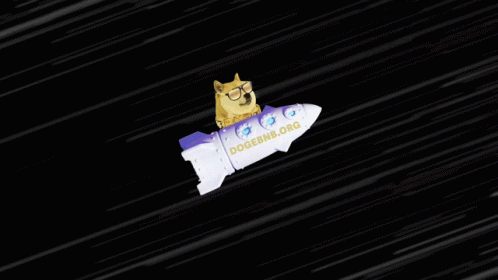
Interplanetary Alexa
NASA’s Artemis I, an ongoing unmanned mission that aims to orbit the moon, launched on November 16th, 2022. It’s now scheduled to splash back down to earth this Sunday, December 11, 2022.
The spacecraft is devoid of any human crew members. However, in true R2D2-style fashion, the journey features the world’s most popular voice-powered assistant: Amazon Alexa.
While Alexa can’t help Artemis I make the Kessel run in less than 12 parsecs (yet), she is providing plenty of support in other ways during the mission.
Alexa + Artemis I
The Artemis Missions are designed to provide a foundation for human deep-space exploration. The main goal is to reestablish humanity’s presence in space and improve our standing for future scientific studies. Artemis I will be a 25-day expedition that covers 1.3 million miles in total.
Alexa will be there the whole way to assist with documenting data as well as providing mission-specific feedback. Her role will likely grow in the future. But, for now, this is more of a trial run to get Alexa’s tech accustomed to operating in the harsh vacuum of space.
Related: Star In Your Own Space Adventure
The most obvious challenge facing Alexa is that there is a frustrating lack of WiFi in deep space. This means that Alexa won’t be able to access the cloud, which is crucial for helping her understand and interpret voice commands. To prepare for this, the Amazon team developed Alexa Local Voice Control which allows Alexa to process commands locally.
This tech could also prove to be useful back on Earth, helping Alexa work even in remote places that don’t have Wifi.
Take Me To The Moon!
Another big challenge is that a rocket launch tends to be a little bit louder than your standard living room (depending on how many kids you have). This means that Alexa will have to learn to filter out the roar of Artemis’ engines in order to hear vital commands from the crew.
After all, it wouldn’t be a lot of help if Alexa couldn’t hear astronauts over the sounds of the engines malfunctioning.
For this tech demo, both Amazon and NASA engineers are likely anticipating that plenty of new challenges will arise along the way. As the saying goes, “you don’t know what you don’t know”. In other words, Amazon engineers need to see what doesn’t work with Alexa first before they know what they’ll need to fix.
For now, the goal is to use the Artemis I mission to act as the groundwork for future missions. This way, a few missions down the road, Alexa will ideally be in peak form to assist in many different ways.
By the way, you can follow along with the mission by asking “Alexa, take me to the moon.”